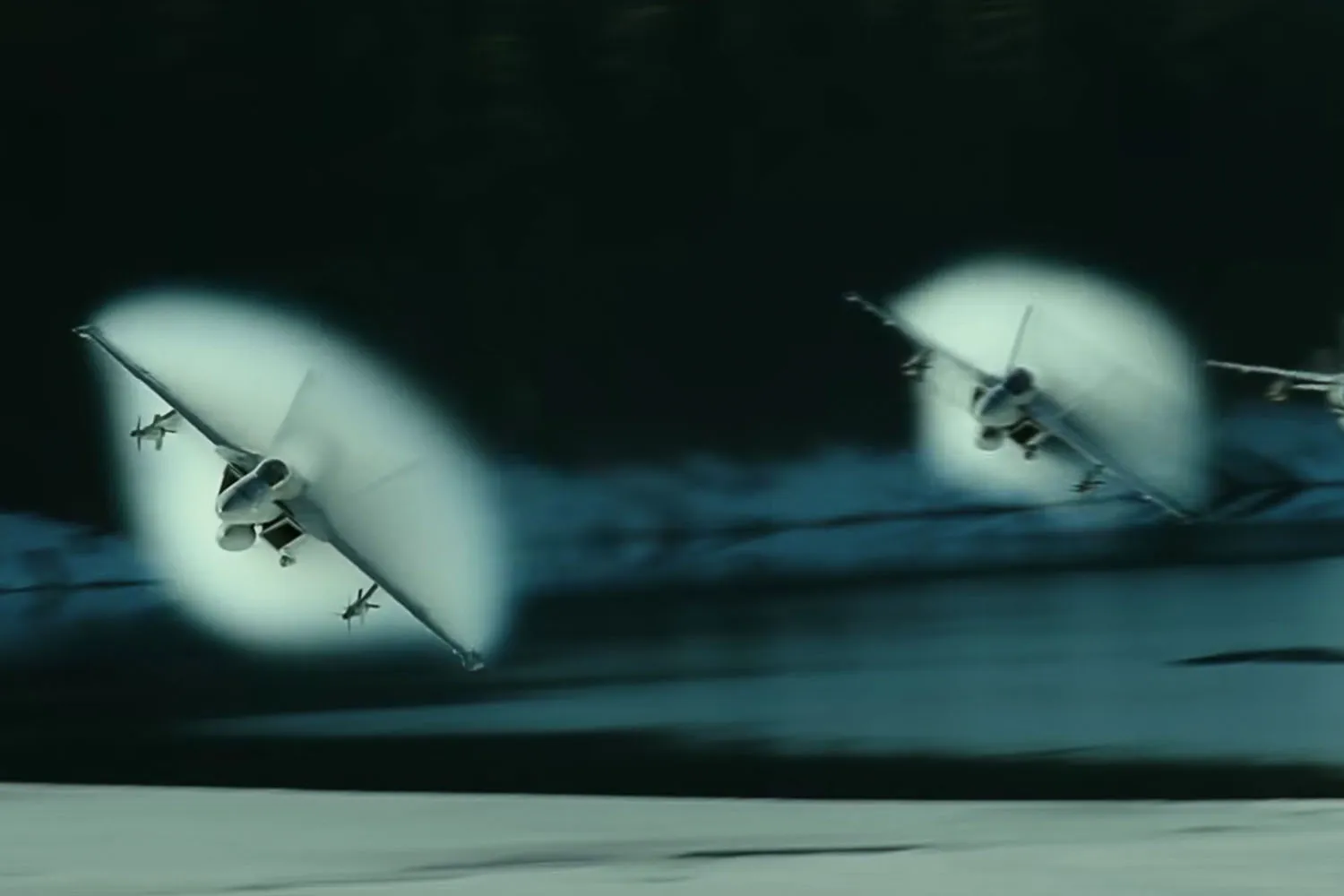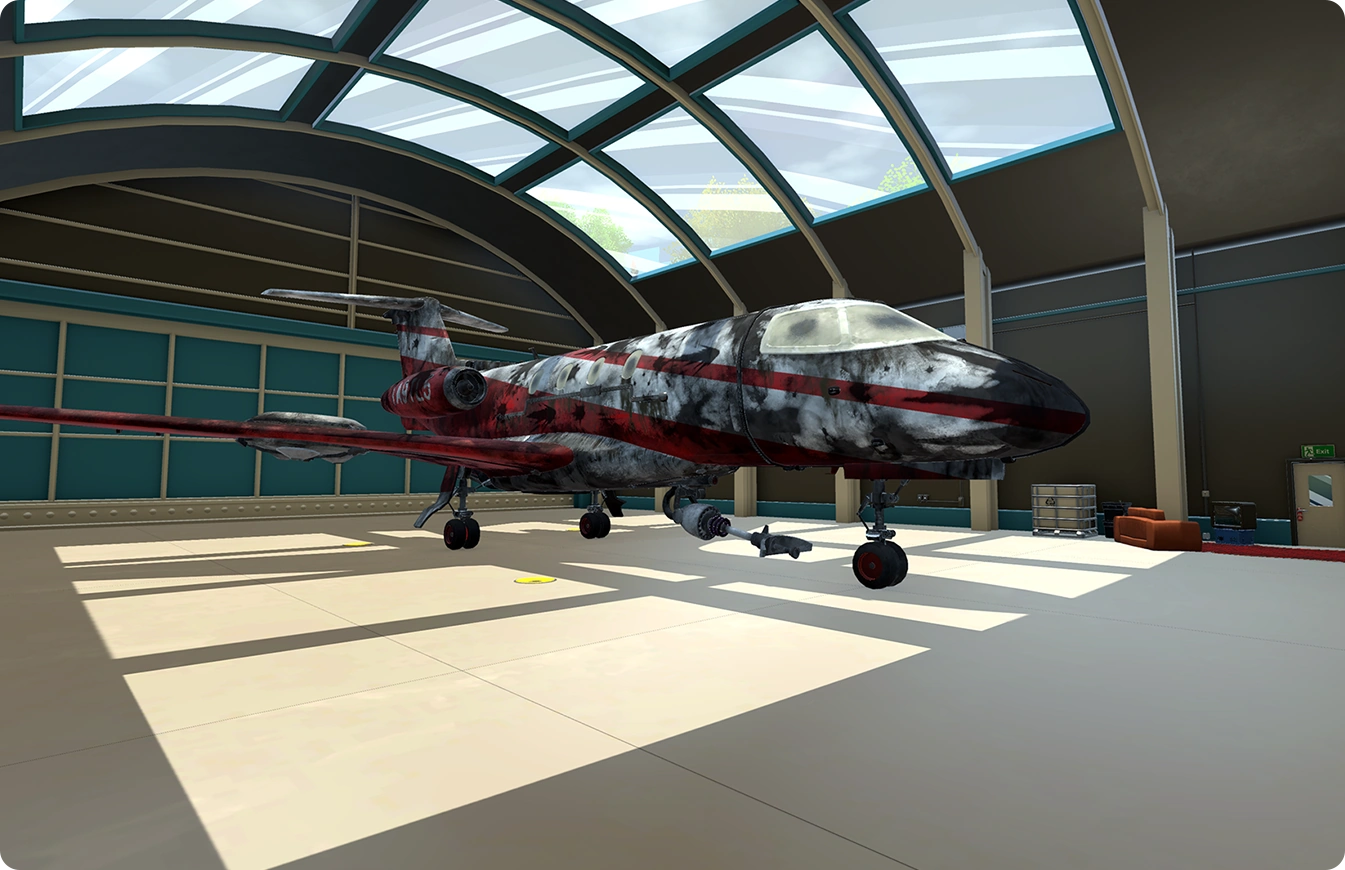Jet Wash Aircraft - The US Air Force has unveiled a new robotic arm designed to reduce the time and manpower required to clean a fighter jet.
This arm can completely wash an F-16 Viper fighter jet in just 1 hour, saving a lot of time and manpower. The technology is likely to be transferred to other aircraft and could be useful for cleaning planes exposed to hazardous chemicals.
Jet Wash Aircraft
The Texas Air National Guard's 149th Fighter Wing recently put the arm on display at Joint Base San Antonio-Lackland. Air Force pictures show a large robotic arm washing F-16 Lone Star fighters equipped with drop tanks.
Nuvite Aircraft Wash Applies To All Types Of Paint Finishes
The 149th Wing says it normally takes a team of four airmen up to six hours to wash a fighter jet, but the robot can do it in just one hour. This represents a labor saving of up to 24 hours and also reduces the downtime of a freshly cleaned fighter jet from 2 days to just 1.
AFWERX, an Air Force initiative to inspire innovation across the branch, developed the robot, which the wing proudly calls the Jet Wash Robot. AFWERX encourages aviators and members of the space force to innovate new ways of doing things and also invests in commercial enterprises that may have future military applications.
The washing jet robot can play a more important role in wartime. This robot – or one of its descendants – can save up to four airmen from possible exposure to chemical agents.
The F-16 often serves as a close air support platform, flying low-altitude missions in support of friendly forces, and it is not inconceivable that a fighter could be "transformed" by an enemy chemical agent. The jets may also need to be cleaned if the airbase itself is attacked with chemical weapons—specifically persistent agents designed to shut down the base until everything is decontaminated.
That Is How You Wash A $150 Million F 22 Raptor Fighter Jet
The Air Force's stealth supersonic bomber is now gearing up for fearsome missiles, treasure hunts, and more.
What's Life Like in a Hangar Why the US Grounded Its Fleet of B-2 Stealth Bombers From Popular Mechanics to the US Space Force What Machines Does the Space Force Use? From Popular Mechanics to the US Space Force Inside the Motivations and Mission of the Space Force
Army selects V-280 for next-generation attack transport Why F-105 Thunderchief is such a badass Air Force unveils new B-21 Raider bomber Researchers find 5 American bombers in Adriatic Sea Wikipedia Used. See Wikipedia's Guide to Writing Better Articles for suggestions. (July 2021) (Learn how and when to delete this template message)

Wake turbulence is a disturbance in the atmosphere that occurs behind an aircraft as it passes through the air. It consists of various elements, the most important of which are wing tip vortices and water jets. Jet wash refers to the gases that are quickly ejected from the jet engine. Very turbulent, but short-lived. However, wingtip vortices are much more persistent and can remain in the air for up to three minutes after an aircraft passes. Therefore, real turbulence in the system is not aerodynamic, because real turbulence would be chaotic. Rather, it refers to the similarity of atmospheric turbulence by an airplane flying in this region of turbulent air.
A Real Top Gun Grad Grades The Movies' Flying Scenes
Wingtip vortices occur when the wing is generating lift. Air is drawn from under the wing around the wingtip to the area above the wing with the slightest pressure applied to the top of the wing, causing a vortex to be drawn from each wingtip. The strength of the wing tip vortices is primarily determined by the weight and speed of the aircraft.
Wake turbulence is particularly dangerous in the area behind the aircraft during takeoff or landing. During takeoff and landing, an aircraft operates at a high angle of attack. This flight attitude maximizes the formation of strong vortices. In the vicinity of an airport there may be several aircraft, all operating at low speed and low altitude. This creates an additional wake turbulence hazard with reduced altitude to recover from any disturbance.
At altitude, the vortices sink at a rate of 90 to 150 m/min and stabilize at about 150 to 270 m below the flight level of the generating aircraft. For this reason, aircraft operating above 600 meters above ground level are considered less dangerous.
Helicopters also produce wake turbulence. Helicopters can have much more power than fixed-wing aircraft of the same weight. The strongest reaction may occur when the helicopter is operating at lower speeds (20 to 50 knots). Some medium or business class helicopters produce heavier helicopters. This is because two-bladed main rotor systems, which are typical of lighter helicopters, produce stronger reaction than higher-bladed rotor systems. The bell-Boeing V-22 Osprey's heavy-duty front rotor could go beyond the description in the manual, leading to the crash.
Raf Typhoon T1 Eurofighter Flies Low On Afterburner With Jet Wash Riat 2005 Raf Fairford Gloucestershire England Uk Stock Photo
During take-off and landing, the plane's nose dips towards the ground and when the wind is calm, it moves away from the runway. A crosswind of three to five knots (3 to 6 mph; 6 to 9 km/h) tends to keep the upwind side in the runway area and can cause the downwind side to move to the other lane. Since wingtip vortices are on the outer edge of the aircraft, this can be dangerous.
The factual accuracy of this section may be compromised due to outdated information. Please help update this article to reflect any corrections or new information available. (January 2023)
The Super category (code J) is currently only used by the FAA in the FAA Aircraft Weight Class Table, which only includes the Airbus A380-800. ICAO is considering the possibility of including a "super" category.

As of April 24, 2020, ICAO documentation continues to refer to the A380 in the Wake Turbulce "HEAVY" category, and confirms and approves the A380 in designator type aircraft, here.
It Takes More Than A Bucket And Sponge To Wash This Plane
The vortices of an Airbus landing at Auckland International Airport interact with the sea as it descends to the surface.
There are a number of separation criteria for take-off, landing and en-route phases based on wake turbulence categories. Air traffic controllers schedule instrument approaches to these minimums. Aircraft making a visual approach are advised of the relevant recommended clearance and must maintain separation.
Notably, the Boeing 757, which is classified as large by its MTOW, has been plagued by a number of incidents in which smaller aircraft lost control (with some collisions) while closely following a 757. Considered heavy for isolation purposes.
Lower vortex category aircraft should not take off less than two minutes behind higher vortex category aircraft. If the next aircraft does not start its take-off roll from the same point as the previous aircraft, the time is increased to three minutes. More generally, an aircraft is generally safer if it is in the air before the pivot point of the aircraft that took off before it. However, you must be careful to be upwind (or away from) the vortices produced by the previous aircraft.
X Nano™ Led Wash Light
Which retained the previous weight classes, but also addressed differences in approach speed and wing configuration. This resulted in six categories of aircraft, and the revised spacing between these categories soon proved to increase the airport's capacity.
The capacity increase at Memphis has increased the FAA's estimated capacity by 15% and the average taxi time for FedEx aircraft (Memphis' largest carrier, with approximately 500 operations per day in 2012) has decreased by three minutes.
The FAA continued to reclassify Wake Turbulce or RECAT. The FAA's overall plan is to gradually introduce more complex factors to allow for reduced conveyor separation in order to increase capacity. RECAT Phase I (first demonstrated in Memphis), features 6 categories of fixed turbulence mats to replace traditional weight classes. The FAA used maximum takeoff weight, maximum landing weight, wingspan, and approach speed in Phase I to more accurately represent the severity of an aircraft's response in a generation, as well as the vulnerability of an escaping aircraft to a potential wake counter. This analysis allows for more efficient wake turbulence separation minima than those specified in the baseline operating rules specified in FAA Order JO 7110.65. As of April 2016, RECAT Phase I has been deployed in 10 TRACONs and 17 airports.

RECAT Phase II is a continuation of the RECAT program that focuses on a greater diversity of aircraft (123 ICAO Type Designators represent more than 99% of US air traffic movements based on 32 US airports), versus 61 aircraft representing 85% It includes operations. Of the 5 US airports and 3 European airports used in RECAT Phase I. Basic background separations in RECAT Phase II are not defined based on wake turbulence categories, but rather separate pairs of actual model series aircraft types (e.g. Boeing B747-400 Airbus A321).
Windshield Wiper/wash System
Lego ww2 aircraft carrier, ww2 aircraft carrier model, japanese aircraft carrier kaga, german aircraft carrier ww2, secret japanese aircraft ww2, ww2 japanese aircraft, japanese aircraft carrier, japanese aircraft carrier hiryu, japanese submarine aircraft carrier, aircraft carrier ww2, japanese aircraft of ww2, ww2 japanese submarine aircraft carrier
0 Comments